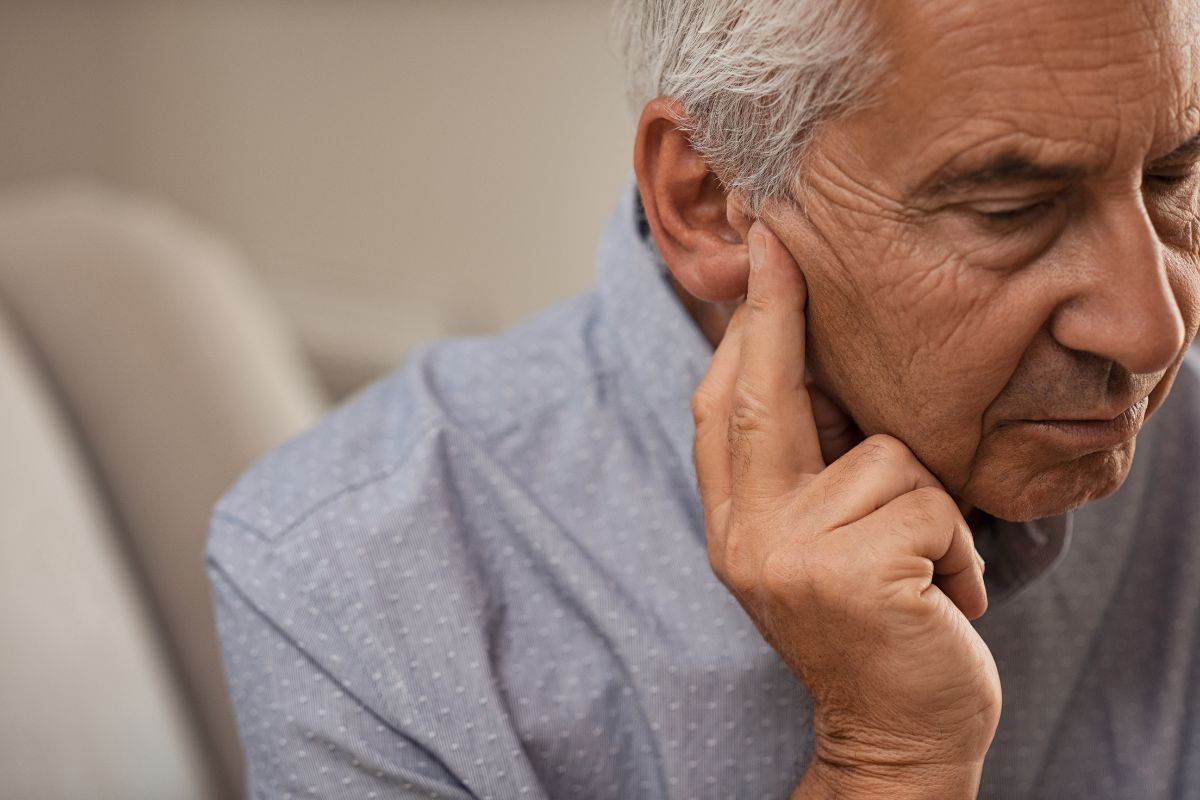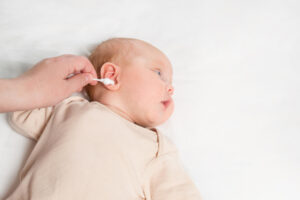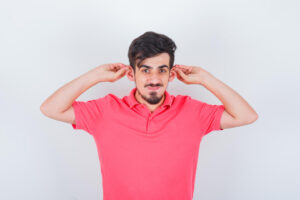Introduction to Noise-Induced Hearing Loss (NIHL)
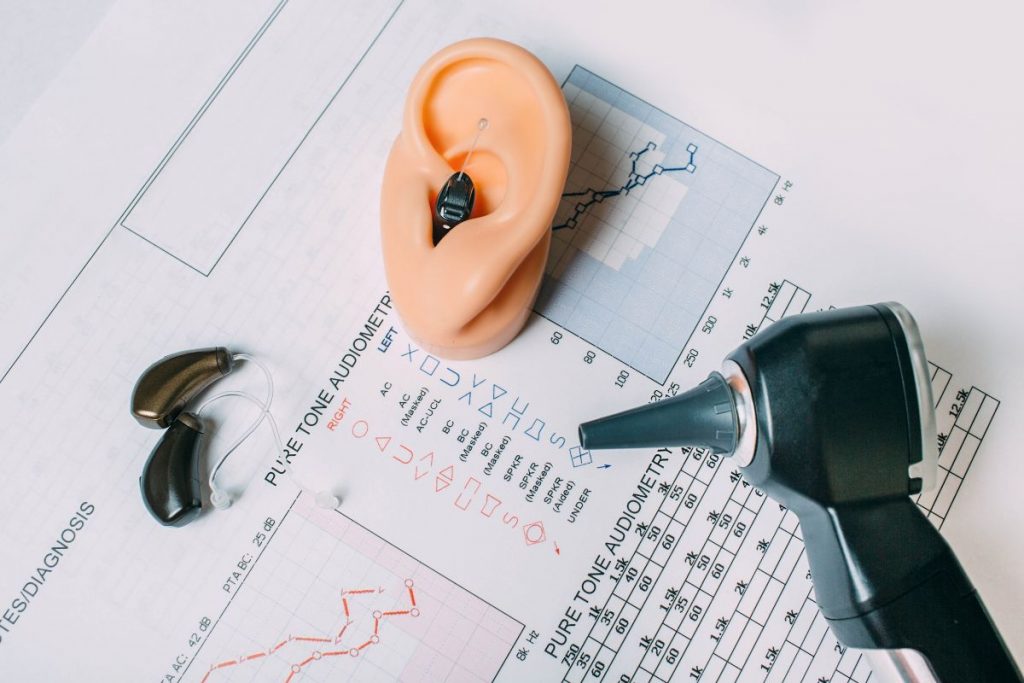
In the discourse presented here, Dr. Shree Rao provides Insights into Noise-Induced Hearing Loss. She is the Best Doctor for Cochlear Implants.
Noise-induced hearing loss (NIHL) is a prevalent and preventable condition that affects individuals exposed to excessive noise levels in various environments. Unlike other forms of hearing loss, NIHL typically results from prolonged or repeated exposure to loud sounds, leading to damage in the delicate structures of the inner ear. In navigating this auditory challenge, individuals benefit from understanding the mechanisms and risk factors associated with NIHL, as well as the preventive measures and treatment options available.
With a focus on promoting hearing health and well-being, experts like Dr. Shree Rao play a pivotal role in raising awareness about NIHL and providing guidance on its management. Dr. Rao’s expertise in otolaryngology ensures that individuals receive comprehensive care tailored to their unique needs, empowering them to protect their hearing and mitigate the risks associated with NIHL. In this article, we explore the complexities of noise-induced hearing loss, drawing insights from Dr. Shree Rao’s knowledge and experience to offer valuable information and support to those affected by this condition.
Mechanism of Hearing Loss
Hearing loss, whether acquired or congenital, occurs through various mechanisms that affect the delicate structures of the auditory system.
Conductive hearing loss results from an obstruction or damage to the outer or middle ear, impairing the transmission of sound waves to the inner ear.
Mechanisms may include:
- Blockage of the ear canal by cerumen (earwax)
- Middle ear infections causing fluid accumulation (otitis media)
- Damage to the ossicles (bones) of the middle ear due to trauma or disease
Sensorineural hearing loss occurs due to damage to the cochlea (inner ear) or auditory nerve pathways, affecting the conversion of sound vibrations into neural signals.
Mechanisms may include:
- Degeneration or loss of cochlear hair cells, which detect sound vibrations
- Damage to the auditory nerve (cranial nerve VIII) or its connections to the brainstem
- Genetic mutations affecting the development or function of the inner ear structures
Mixed hearing loss involves a combination of conductive and sensorineural components, resulting from simultaneous impairment in the outer/middle ear and inner ear or auditory nerve.
Mechanisms may include:
- Combined effects of middle ear pathology (e.g., otitis media) and sensorineural damage (e.g., noise exposure)
- Chronic middle ear disease leading to secondary cochlear dysfunction
CAPD refers to difficulties in processing auditory information within the central nervous system, despite normal peripheral hearing sensitivity.
Mechanisms may include:
- Impaired function of neural pathways responsible for auditory processing in the brainstem, auditory cortex, or other central auditory structures
- Abnormalities in temporal processing, auditory discrimination, or auditory memory
Genetic mutations can disrupt the development or function of various auditory structures, leading to congenital or progressive hearing loss.
Mechanisms may include:
- Mutations affecting genes involved in cochlear development (e.g., POU3F4, GJB2)
- Abnormalities in genes encoding proteins essential for auditory transduction (e.g., MYO7A, OTOF)
- Inherited syndromic conditions associated with hearing loss (e.g., Usher syndrome, Waardenburg syndrome)
Acquired hearing loss results from environmental factors, medical conditions, or lifestyle choices that damage the auditory system over time.
Mechanisms may include:
- Noise-induced damage to cochlear hair cells from exposure to loud sounds
- Ototoxicity caused by certain medications (e.g., aminoglycoside antibiotics, chemotherapy drugs)
- Vascular disorders affecting blood flow to the inner ear (e.g., otosclerosis, Meniere’s disease)
Types of Noise Exposure
Occupational Noise Exposure:
Occupational noise exposure is a prevalent concern in industries where workers are exposed to high levels of noise during their job duties. Machinery, power tools, heavy equipment, and industrial processes are common sources of occupational noise. To protect workers from excessive noise exposure, regulatory agencies such as OSHA establish permissible exposure limits (PELs) and require employers to implement hearing conservation programs, including noise monitoring, engineering controls, personal protective equipment (PPE) such as earplugs or earmuffs, and employee training on noise hazards and prevention.
Recreational Noise Exposure:
Recreational noise exposure occurs during leisure activities and entertainment events, posing risks to individuals’ hearing health. Concerts, music festivals, sporting events, and recreational activities involving motorized vehicles or personal audio devices can expose participants to dangerously high noise levels. Overexposure to recreational noise, particularly from amplified music and personal audio devices used at high volumes, can lead to noise-induced hearing loss. Implementing hearing protection measures, such as earplugs or noise-canceling headphones, is essential for reducing the risk of hearing damage during recreational activities.
Environmental Noise Exposure:
Environmental noise exposure arises from various sources in the outdoor environment, impacting residential areas, urban centers, and natural habitats. Traffic noise, including road, aircraft, and railway noise, is a significant contributor to environmental noise pollution. Chronic exposure to environmental noise can have adverse effects on health, including sleep disturbances, cardiovascular issues, and increased stress levels. Urban planning measures, sound insulation, and noise barriers are among the strategies employed to mitigate environmental noise and protect communities from its harmful effects.
Home and Community Noise Exposure:
Home and community noise exposure encompasses noise sources within residential neighborhoods and public spaces, affecting the quality of life for residents. Common sources include household appliances, lawn care equipment, barking dogs, neighborhood gatherings, and public events. Excessive noise from neighbors or community activities can disrupt sleep, interfere with daily activities, and lead to annoyance and stress. Addressing noise concerns through community regulations, soundproofing measures, and respectful consideration for neighbors’ well-being can help minimize home and community noise pollution.
Personal Noise Exposure:
Personal noise exposure refers to noise encountered during individual activities outside of work or recreational settings. Commuting, engaging in hobbies such as hunting or woodworking, attending social events, and using power equipment without hearing protection are examples of personal noise exposure scenarios. Individuals can protect their hearing health by using ear protection devices, limiting exposure to loud environments, and being mindful of noise levels in their daily activities. Education on the risks of personal noise exposure and the importance of hearing protection is essential for promoting awareness and preventing hearing damage.
Risk Factors Related To Noise-Induced Hearing Loss
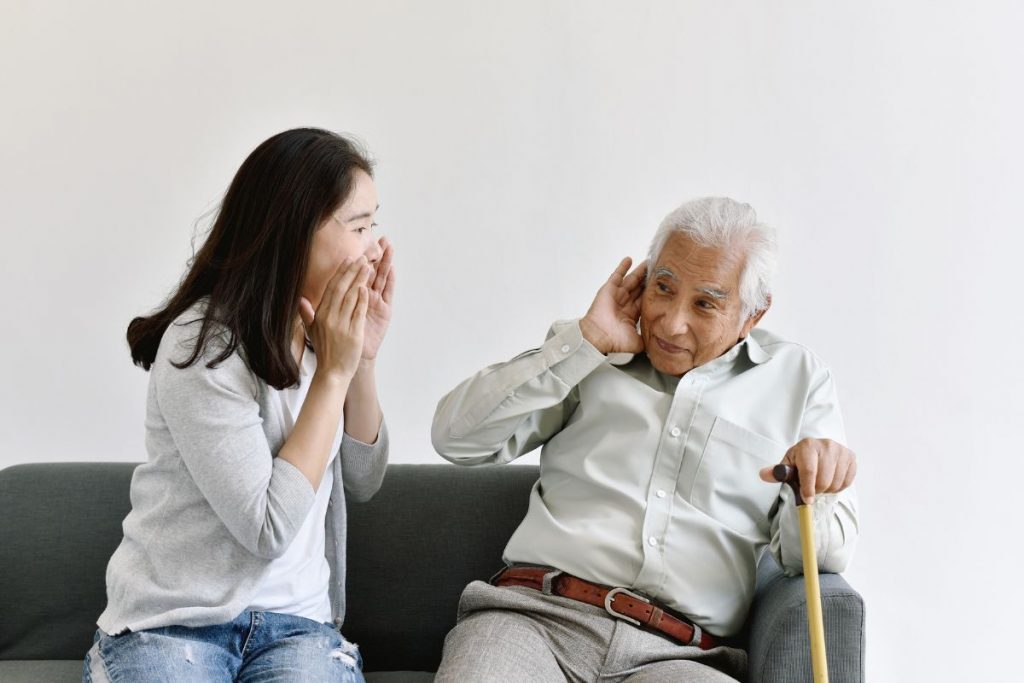
- Occupational exposure to loud noise
- Recreational activities with high noise levels (e.g., attending concerts, using power tools)
- Prolonged exposure to environmental noise (e.g., traffic, construction)
- Lack of hearing protection devices
- Exposure to impulse noises (e.g., gunfire, explosions)
- Cumulative exposure to noise over time
- Personal habits (e.g., listening to music at high volumes)
- Genetic predisposition to hearing loss
- Age-related susceptibility to noise-induced damage
- Concurrent exposure to ototoxic substances (e.g., certain medications, chemicals)
Symptoms
- Gradual or sudden hearing loss
- Difficulty understanding speech, especially in noisy environments
- Ringing, buzzing, or roaring sounds in the ears (tinnitus)
- Muffling or distortion of sounds
- Sensation of fullness or pressure in the ears
- Difficulty hearing high-pitched sounds
- Needing to increase the volume of electronic devices
- Withdrawal from social situations due to communication difficulties
- Fatigue or stress from straining to hear
- Increased sensitivity to loud noises (hyperacusis)
Diagnosis
Healthcare providers begin by obtaining a detailed medical history, including information on occupational and recreational noise exposure, history of ototoxic medication use, previous hearing problems, and family history of hearing loss. Understanding the individual’s exposure to loud noise and any associated symptoms helps guide the diagnostic evaluation.
A thorough physical examination of the ears and surrounding structures may be performed to assess for any visible abnormalities, signs of infection, or structural changes that could contribute to hearing loss. Otoscopic examination allows visualization of the ear canal and eardrum to detect any obstructions, perforations, or signs of inflammation.
Audiological testing is essential for diagnosing NIHL and assessing the severity and configuration of hearing loss. Common tests include:
- Pure-tone audiometry: This test measures the individual’s hearing sensitivity across different frequencies (pitch) and intensities (loudness) using headphones or earphones. The results are plotted on an audiogram, which helps characterize the degree and type of hearing loss.
- Speech audiometry: Speech recognition tests assess the individual’s ability to understand spoken words at different volume levels. This test helps evaluate the functional impact of hearing loss on communication abilities.
- Tympanometry: Tympanometry measures the movement of the eardrum in response to changes in air pressure, providing information about middle ear function and detecting abnormalities such as fluid buildup or eardrum perforation.
- Otoacoustic emissions (OAEs) and auditory brainstem response (ABR) testing: These objective tests evaluate the function of the inner ear (cochlea) and auditory nerve pathways to the brain, respectively. OAEs measure the sounds emitted by the inner ear in response to auditory stimuli, while ABR assesses the electrical activity of the auditory nerve in response to sound.
Speech-in-noise testing evaluates the individual’s ability to understand speech in the presence of background noise, mimicking real-world listening situations. This test helps assess the impact of noise on speech perception and may reveal difficulties not detected by standard audiometric tests alone.
In some cases, additional testing or imaging studies may be warranted to further evaluate the underlying causes of hearing loss or rule out other medical conditions. This may include imaging studies such as magnetic resonance imaging (MRI) or computed tomography (CT) scans to assess the inner ear or auditory nerve structures.
Treatment
- Cochlear implants
- Assistive listening devices (ALDs)
- Tinnitus management strategies
- Communication strategies and rehabilitation
- Noise management and hearing protection
- Medical intervention (e.g., corticosteroids, vasodilators)
- Lifestyle modifications
Conclusion
In conclusion, noise-induced hearing loss (NIHL) poses a significant threat to auditory health and quality of life, highlighting the importance of proactive measures to prevent its onset and progression. Throughout this exploration of NIHL, individuals have gained valuable insights into the mechanisms, risk factors, and consequences associated with exposure to excessive noise levels.
Guided by the expertise of professionals like Dr. Shree Rao, individuals are equipped with the knowledge and resources needed to protect their hearing and minimize the impact of NIHL on their daily lives. Through advocacy, education, and personalized care, Dr. Rao and other otolaryngologists play a crucial role in raising awareness about NIHL and promoting strategies for its prevention and management.
As individuals strive to safeguard their hearing health, it is essential to prioritize measures such as limiting exposure to loud noises, using hearing protection devices, and seeking timely medical attention for any signs of hearing impairment. By taking proactive steps to address NIHL, individuals can preserve their auditory function and enjoy a fulfilling and vibrant life free from the limitations imposed by hearing loss.

Why consult EarSurgeon, Dr. Shree Rao?
Dr. Shree Cuddapah Rao is acclaimed as one of the best pediatric ENT specialists in Hyderabad. With 10+ years of deep domain experience in the field of ENT, she is the director at Dr. Rao’s ENT Super Specialty Hospital. She underwent specialized training in Rhinoplasty / Facial Plastic surgery at Singapore General Hospital, Singapore. She also underwent advanced training in cochlear implant surgery under Padmashri Dr. Milind V Kirtane and had a Fellowship in a cochlear implant. Having performed over 200 successful cochlear implants for patients worldwide, Dr. Shree Cuddapah Rao is also the recipient of several prestigious accolades in the domain of ENT. Dr. Shree Rao is one of the best ent doctor in hyderabad, to book an appointment click here.
Are you looking for
then you have landed at right place!

